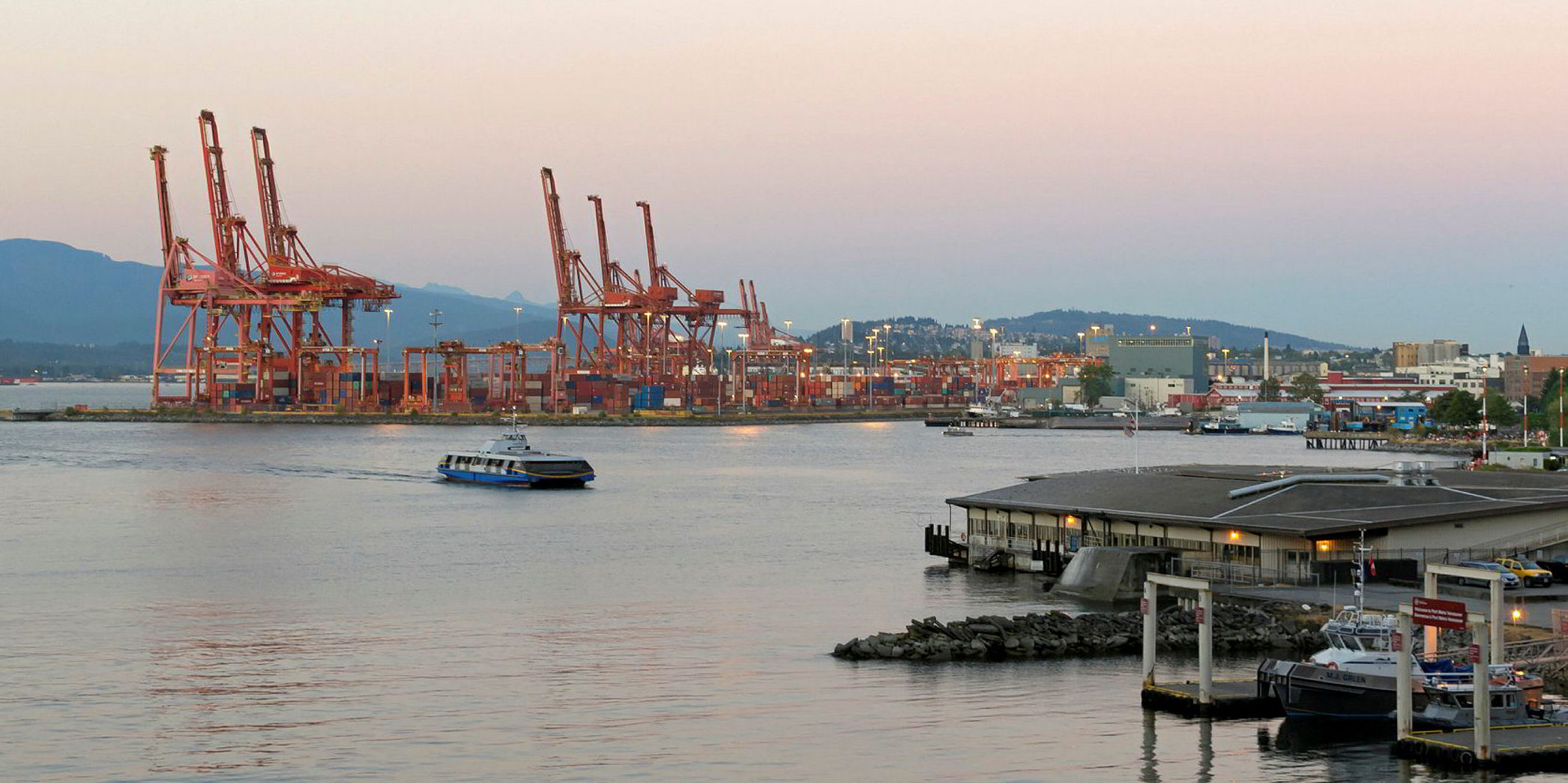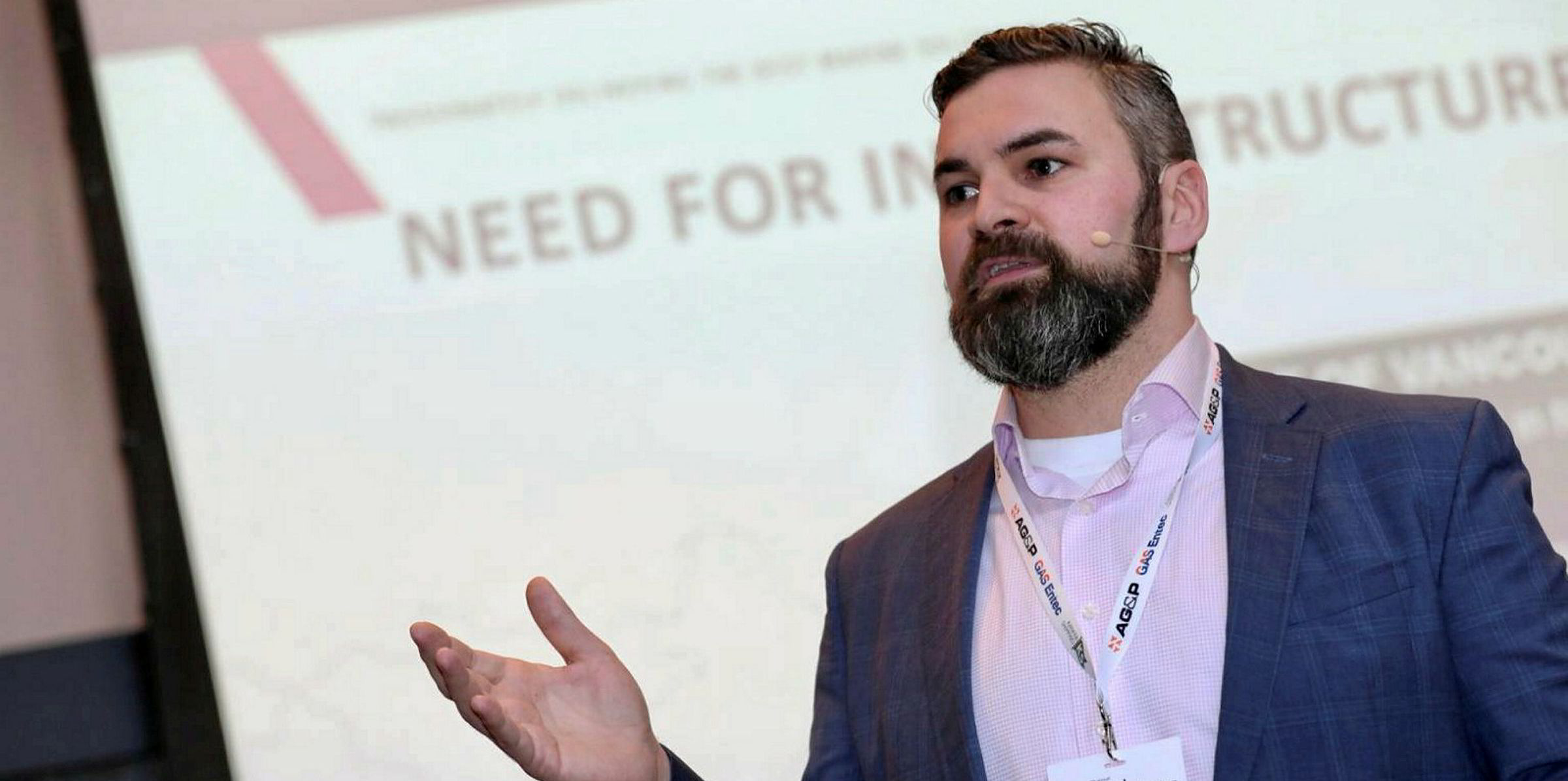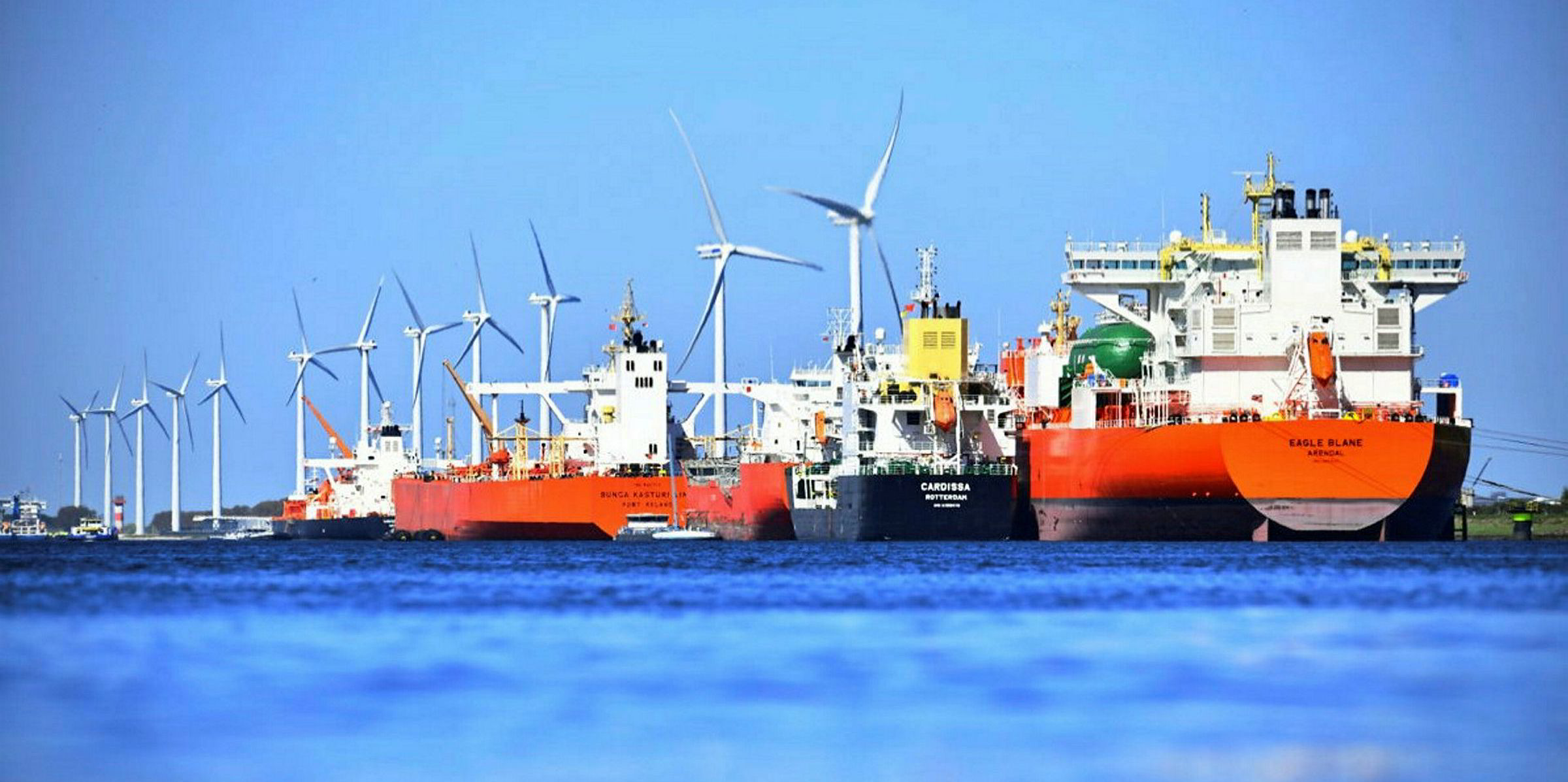Canadian ferry operator Seaspan is making initial enquiries in the market for up to four LNG bunker vessels (LNGBVs).
Industry players said the company has been asking for early proposals on two firm LNGBVs of about 7,600-cbm in size.
Seaspan is looking for the first two vessels to be delivered by 2023. But a formal tender for the ships has yet to be issued.
Shipbroker Fearnleys is understood to be handling the business.
In January, Seaspan officials revealed the company was planning to order an LNGBV that would be dedicated to serving vessels at its home port of Vancouver.
Hybrid vessels
The company already operates two hybrid LNG-fuelled ferries, the Seaspan Swift (built 2016) and Seaspan Reliant (built 2017), in the port. These are supplied with LNG in on-board truck operations by Seaspan’s partner, LNG producer FortisBC.
Seaspan has a further two LNG-fuelled ro-ros on order for delivery dates next year.
The company is partnered with small-scale LNG producer FortisBC, which is developing a dedicated LNG bunkering berth at its Tilbury Island facility on the Fraser River. This is scheduled to be in operation by 2022.
Those following the business said that while the volumes needed to bunker its own ferries are minimal, Seaspan is also eyeing up the potential for supplying LNG as bunkers to cruiseships visiting the area, along with any tanker and containership traffic.
But the ferry company also has ambitions to work further afield in British Columbia and further south along the west coast of North America in San Francisco and the large container port of Oakland.
In October, the British Columbia government weighed in behind the Vancouver Fraser Port Authority and FortisBC to support the establishment of the first ship-to-ship LNG bunkering service on the North America west coast.
The government contributed funds to a study by FortisBC, which also supplies LNG bunkers to another five ferries in British Columbia.
Minister of Jobs, Trade and Technology Bruce Ralston said: “It is expected that LNG-powered ships — specifically container, car carrier and cruise vessels — could begin calling in Vancouver as early as 2020, and global demand is expected to exceed nine million tonnes (23 million cubic metres) of LNG annually by 2025. British Columbia should be ready to get some of that business.”







